Canon has introduced its compact RF Cinema Camera, which can be defined and explained as a hybrid product between EOS R5 and Canon C300 Mark III. The C70 is a Super 35 mm cinema camera that utilizes the newest Canon’s image processing technology which allows 16+ Stops of DR. However, no RAW output. Read below.
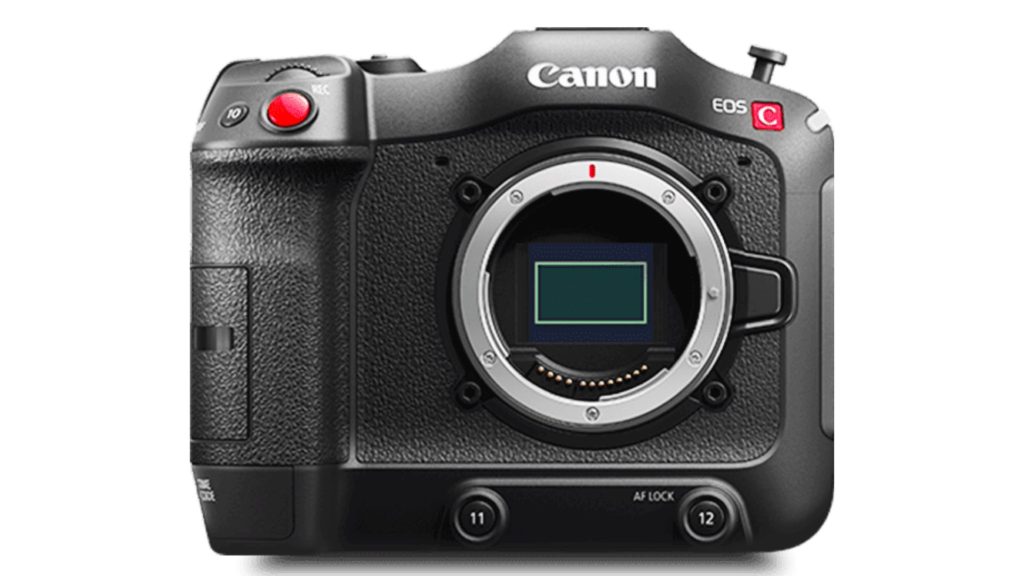
Cinema camera with RF-mount
The Canon EOS C70 is the first Cinema EOS to feature an RF Mount. This model offers 4k 120p 4:2:2 (10 bit) recording, and it comes with the newest technology by Canon, which is the Dual Gain Output (DGO) that was implemented in the C300 Mark III. The DGO elevates dramatically the image quality and grants more than16 stops of DR to the C70.
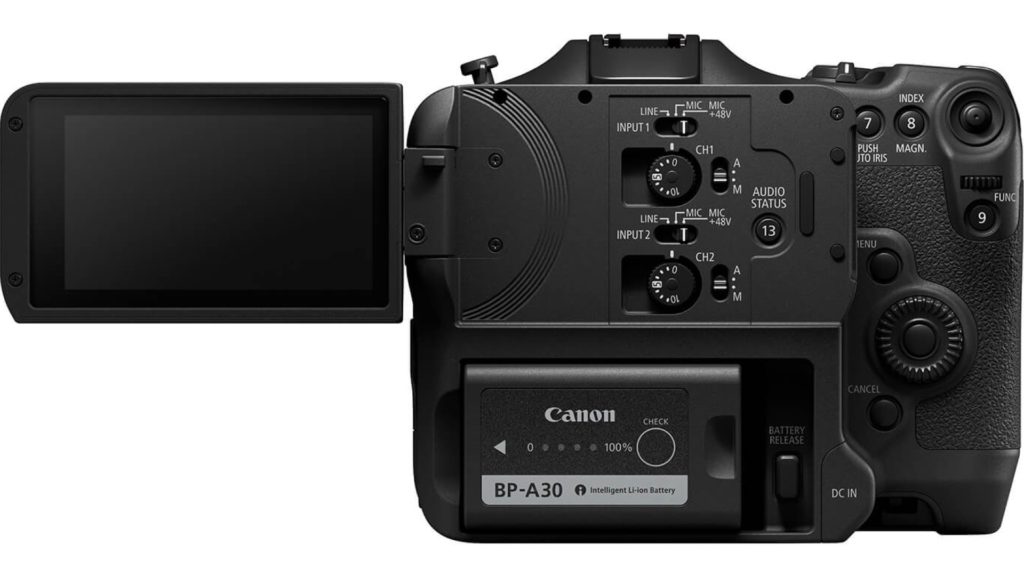
Concept
The development concept behind the EOS C70 was to bridge the Cinema EOS and the mirrorless RF technology. Thanks to the RF mount, the C70 is the smallest among the Cinema EOS family. It is like taking the cumbersome Cinema EOS and make it more user-friendly in terms of enhanced AF capabilities, compact form factor, and more features that are relevant to the sole shooter in a Run N’Gun shooting style.
Watch the Canon product presentation below:
Sharper AF capabilities
Canon claims that the EOS C70 delivers the most advanced Image Stabilization of any Cinema EOS camera via RF lens support. Featuring EOS ITR AF X technology, the Dual Pixel AF keeps the focus on the subject you are following even when shooting at high frame rates at 4K 120P.
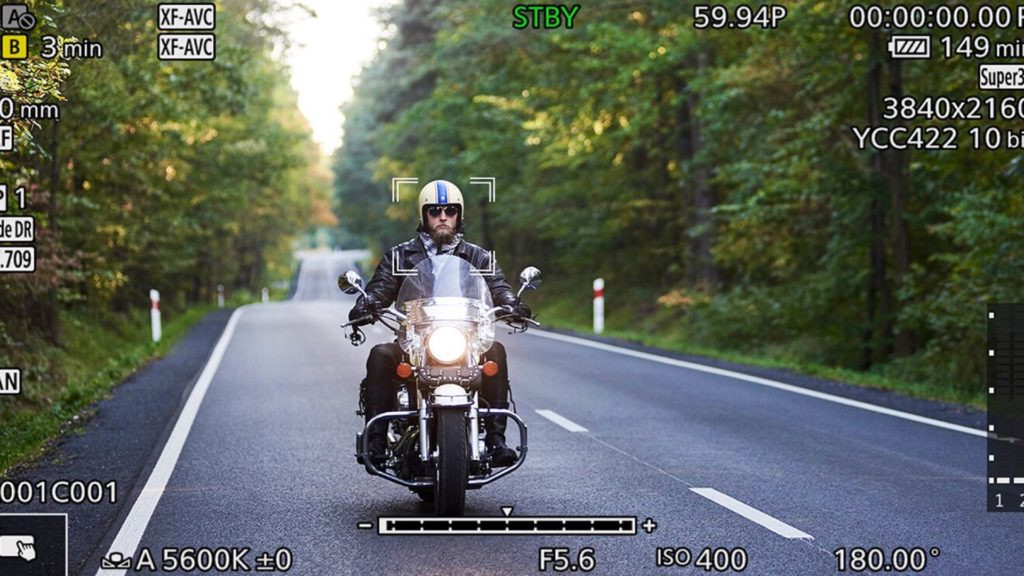
Two SD Card Slots: No RAW
The EOS C70 has two SD Card Slots for simultaneous recording so you can backup your footage in different formats or resolutions. The C70 allows simultaneous recording in different formats and the familiar codecs by Canon. There is no RAW option.
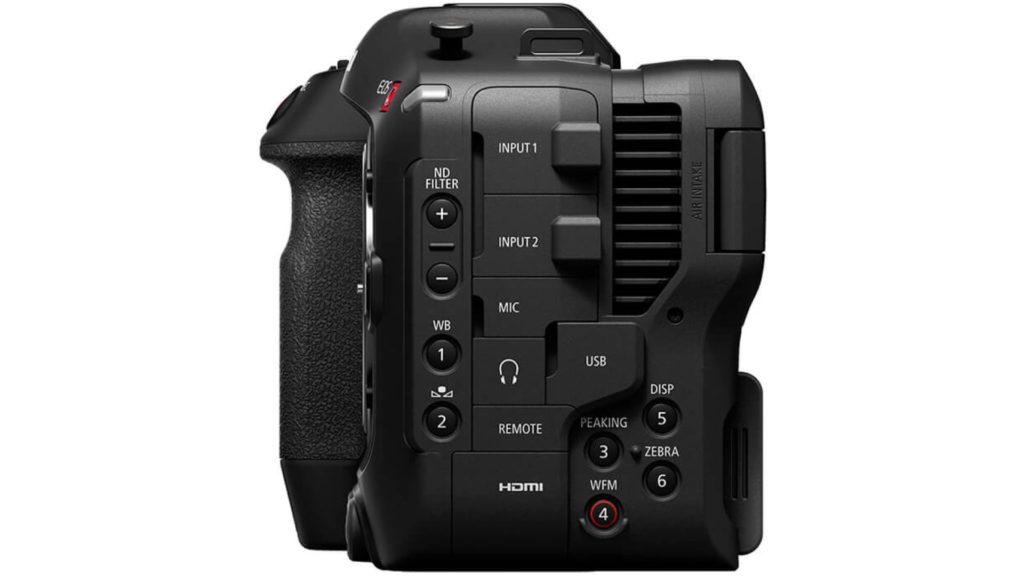
Full-frame imagery within the Super 35 sensor
The EF-EOS R 0.71x Mount Adapter is an EF-to-RF mount adapter that can be used in combination with EF lenses. It employs optical conversion to capture the same full-frame angle of view with the Super 35 mm sensor. The depth of field stays the same, and the f-number is one stop brighter.
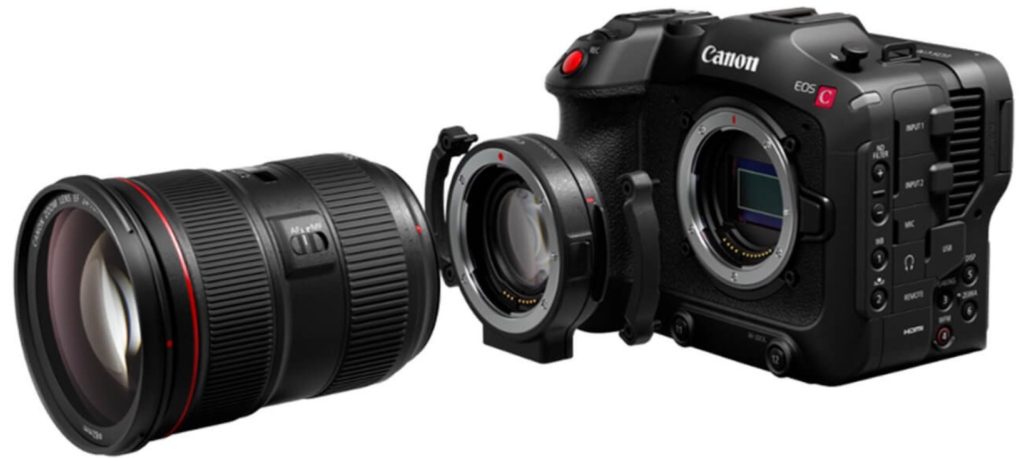
Explore the specifications below. Click on the image for a full resolution view:
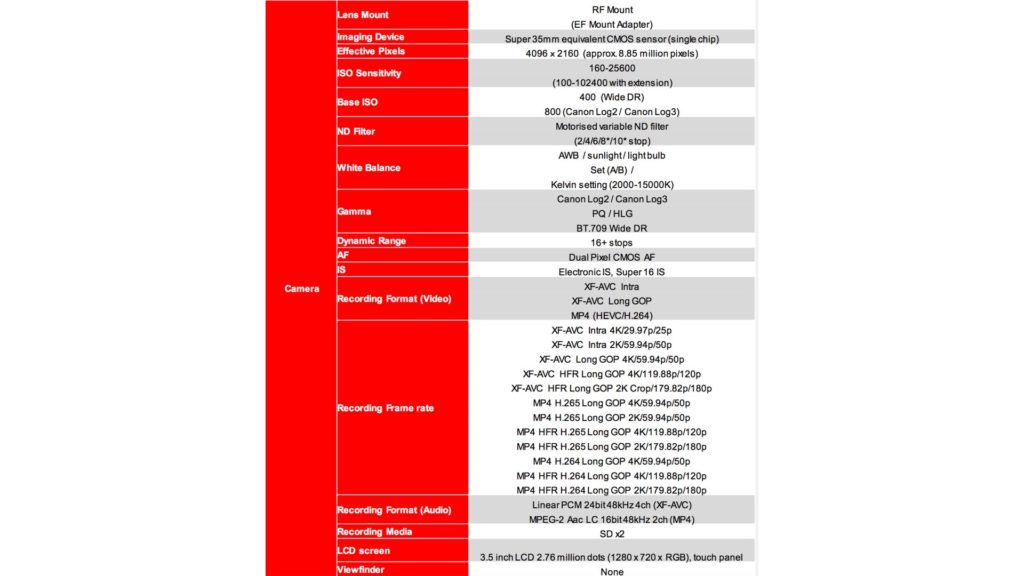
Price and availability
The EOS C70 costs $5,499 and is available for preorder on the B&H website.
Hybridization between R5 and C300 Mark III
The C70 has a lot of common between the R5 and C300 Mark III. The C70 has no recording limit like the R5 but owns a smaller sensor. Also, the C70 was developed as a cinema camera in mind, with a built-in ND filter, timecode in/out, and mini-XLR ports, which the EOS R5 lacks all of those. The R5 can record 8K, while the C70 got stuck in the 4K world. However, the C70 has Canon Log 2/3 for 16+ stops dynamic range, which outputs better image quality compared to the R5. As for the C300 Mark III, which is bigger and heavier, the main difference is that the C70 has no RAW capabilities, which can be a crucial deal in high-end productions. In my opinion, lacking the RAW output is the main factor for preventing product cannibalism of the Cinema EOS by the C70.
What are your thoughts about the new Canon EOS C70? Where does it fit within the lineup? Would you buy it?

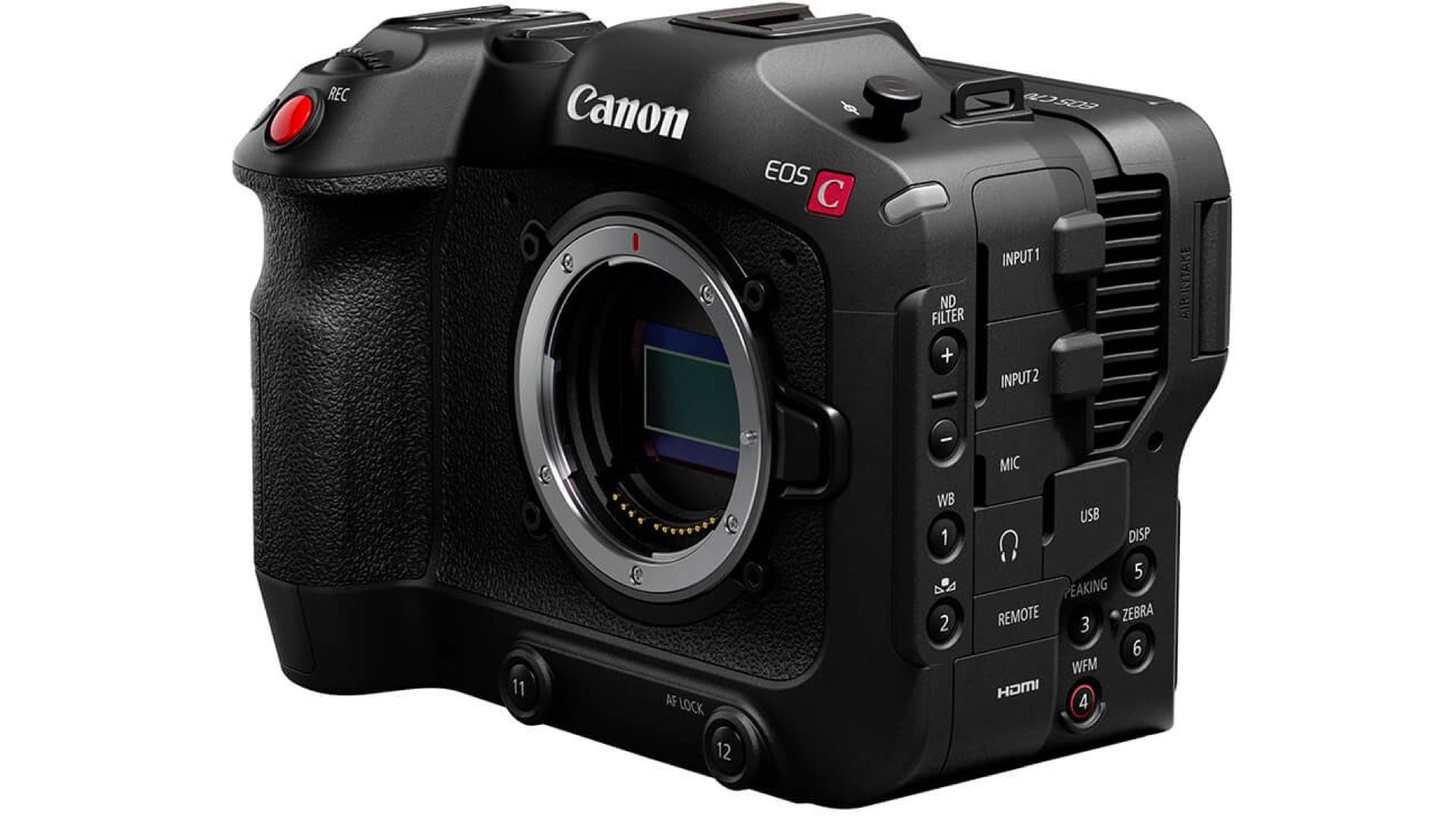


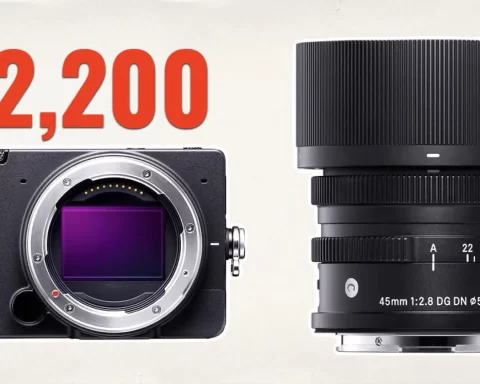
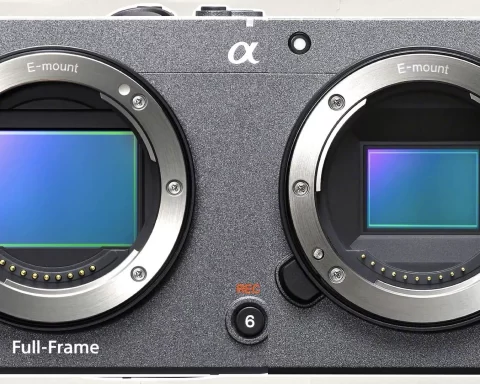
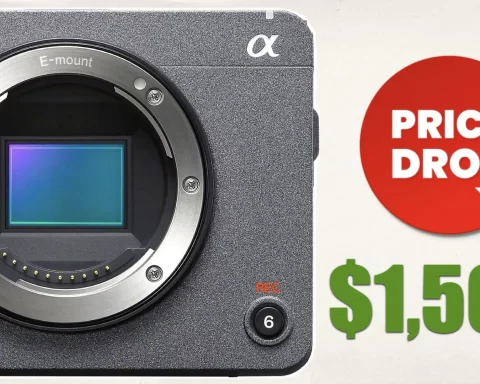
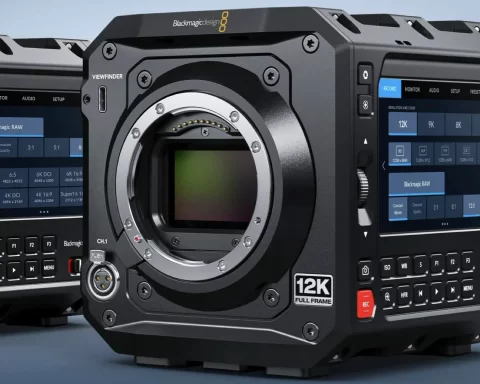

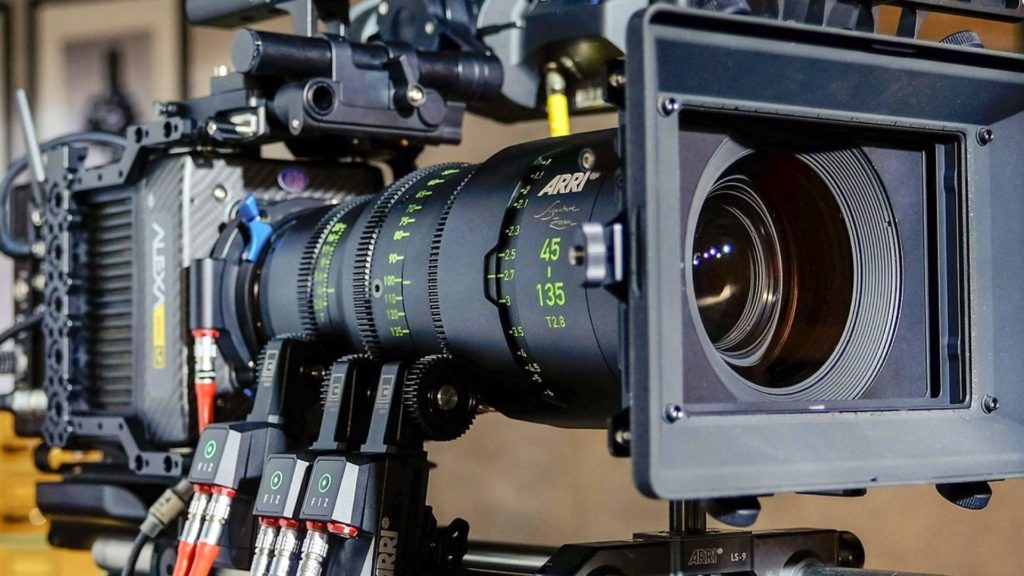
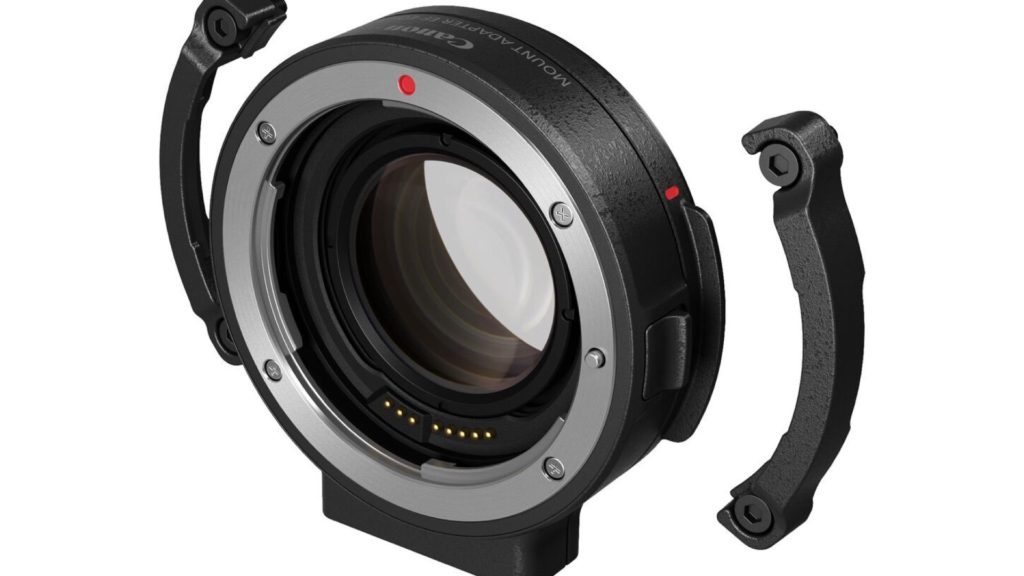



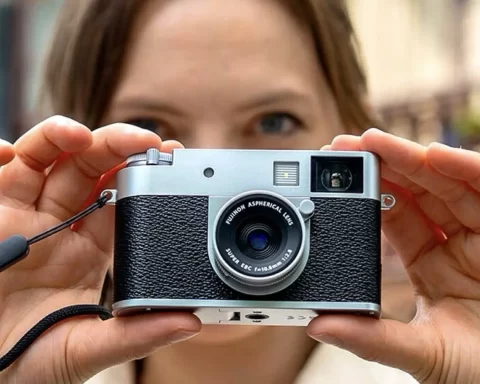



C70 is a Cinema EOS.
It is just in a different form factor.
I would expect the larger cameras to stick with replaceable mounts but add the RF mount as an option.
DPs are not going to want to connect their $25K cinema lenses through adapters.
I do not think RAW will be possible in C70 at V90 data speeds, so it was an interesting choice to not go with CFExpress Type B.
USB-C? It work pretty well with 6K Braw footage why not offering such convenient feature?